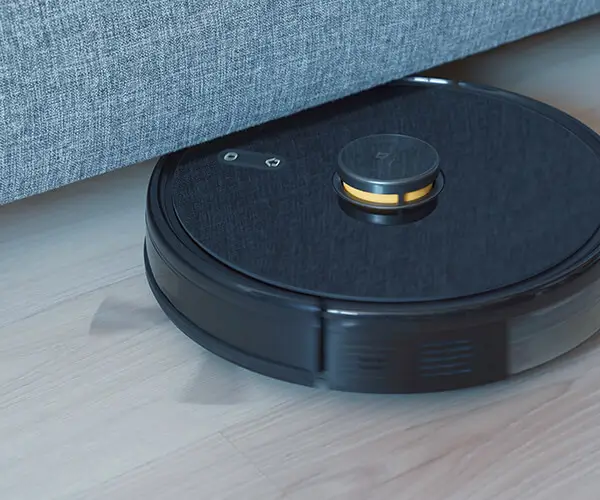Imagine the middle of a bustling factory floor, where a robot arm effortlessly swings from one task to another, almost like it’s got a mind of its own. That’s the magic of control in joint space—giving these robotic directors intuitive power over each joint and making them dance with precision. It’s not just about making robots move; it’s about making them move smartly, flexibly, almost humanlike in their capability.

When you talk about joint space control, you’re stepping into a universe where each joint’s position, velocity, and torque are finely tuned like an orchestra. You want that arm to pick up fragile glassware or tighten bolts with equal finesse, right? That's where the real charm lies—adjusting each joint’s movement directly, offering smooth, accurate responses even in tight spaces or complex assembly lines.
You might ask, “Why does joint space matter so much?” Think of it as the difference between steering through a city with a detailed map versus just knowing the destination. Joint space control lets you program tiny adjustments that matter, or react instantly to unexpected bumps. It’s especially critical when handling delicate items or working alongside humans—because then, the robot isn't just blindly moving, but doing so with a kind of situational awareness.
Here's an example: Imagine a robotic arm assembling tiny electronic components. A slight misalignment in joint control could cause a whole batch of chips to be faulty. But with precise joint space control, the movements are so refined that the robot can insert components seamlessly, minimizing errors and maximizing throughput. The key is responsiveness—how well the robot adapts in real time to external forces or slight changes.
And, let's be honest, control systems like these look pretty complex on paper, but the real beauty is in their integration. Think about the energy savings when the joints move exactly as needed, not wasting power on oversized motions. Or the safety margins in sensitive environments—robots that respond immediately if something's not right. That kind of control leads to reliability that keeps operations running smoothly.
So, what if you have a tricky task that demands ultra-high precision? Controls based on joint space aren’t just a tweak—they’re a game changer. They give you the ability to craft responses that are so finely tuned, it’s like you're speaking directly to the robotic limb—telling it exactly how to perform, no guesswork involved.
In a world driven by automation, where efficiency and precision aren’t bonuses—they’re essentials—control of robot manipulators in joint space is the backbone behind countless innovations. It’s a foundation that turns robotic predictability into unstoppable productivity. And that’s what makes it truly stand out in today’s high-tech landscape.
Kpower has delivered professional drive system solutions to over 500 enterprise clients globally with products covering various fields such as Smart Home Systems, Automatic Electronics, Robotics, Precision Agriculture, Drones, and Industrial Automation.




































